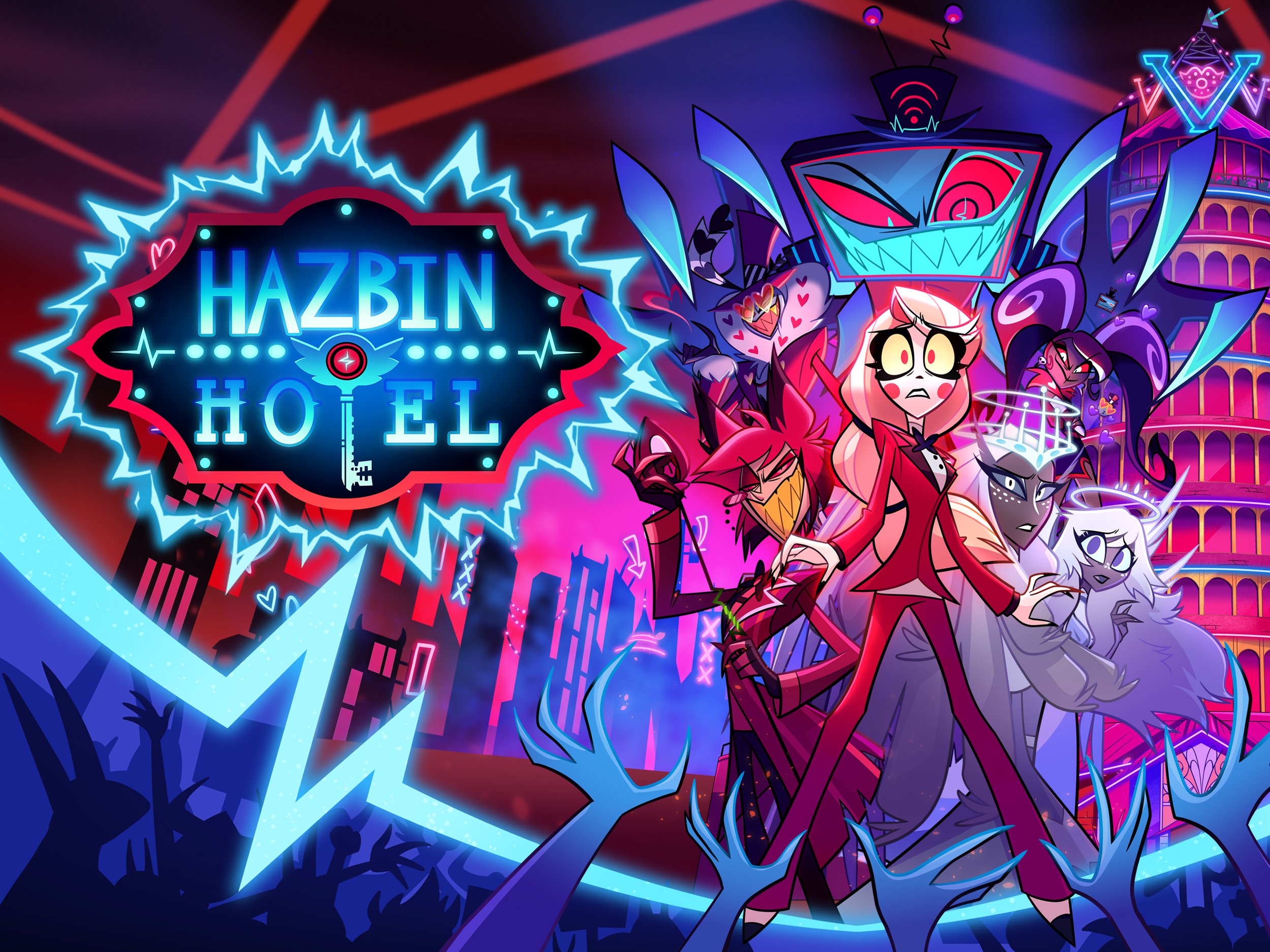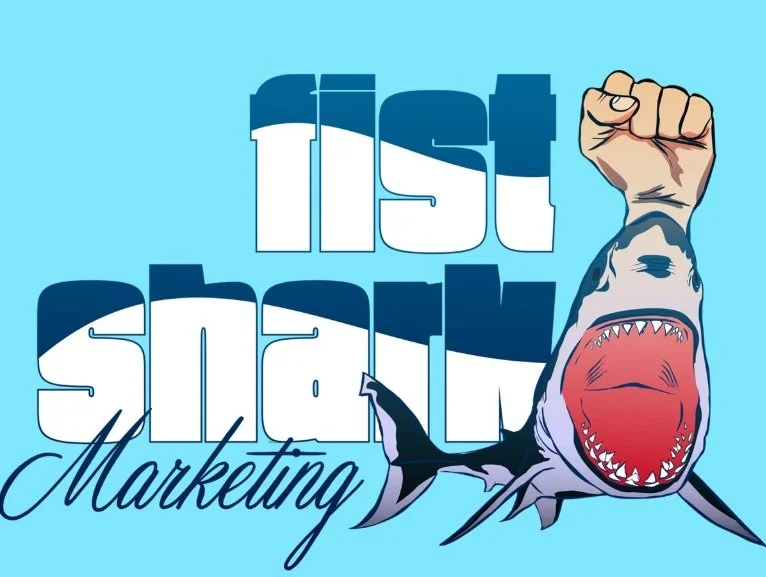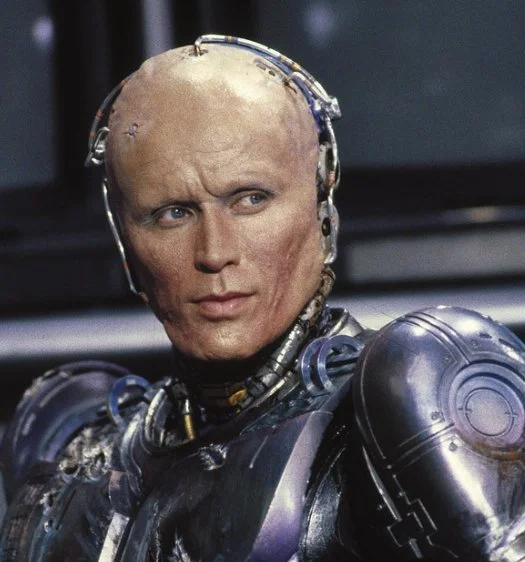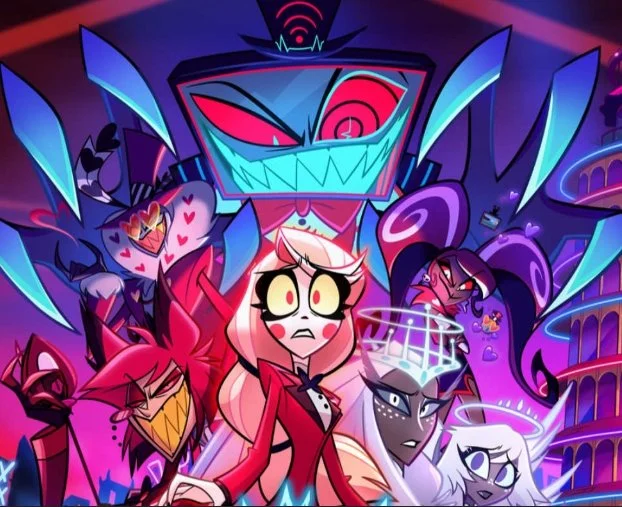The Genreless Generation: How Artist Independence and Audience Psychology Are Redefining Music
In an era where music is as accessible as a swipe and a stream, the walls that once confined artists to strict genre boundaries are crumbling. Artists like Sophie Powers, Jean Dawson, Underscores, and Yves Tumor are emblematic of a broader cultural and psychological shift in how music is created, perceived, and consumed. These artists don't just blend genres; they transcend them. They become the genre.
But this isn't merely a trend in sound, it's a profound reflection of evolving psychological dynamics. At the heart of this movement lies a deep interplay between artist autonomy and audience identity. Understanding this interplay offers insight not just into the music industry, but into the modern psyche itself.
The Psychology of Artist Independence: Identity, Autonomy, and Creative Liberation
For decades, artists were expected to "find their lane" and stay in it. Labels, producers, and marketers categorized them into neat boxes; pop, rock, R&B, punk, and so forth to maximize commercial success. While many flourished within these boundaries, others felt constrained. Today, a new generation is rejecting these confines altogether, and psychology explains why.
According to Abraham Maslow's hierarchy of needs, self-actualization sits at the peak of human motivation. This is the drive to become one's fullest self, to align actions with internal values and unique potential. Genre-defying artists often embody this principle. They're not rebelling against genre for novelty's sake; they're seeking authenticity. The refusal to conform becomes a pursuit of psychological wholeness.
Artist autonomy also intersects with theories of intrinsic motivation. Deci and Ryan's Self-Determination Theory emphasizes autonomy, competence, and relatedness as core human needs. When artists independently produce music that fuses punk with hyperpop, trap with shoegaze, or electronic with emo, they're exercising creative control that aligns with intrinsic values. This autonomy fosters not only artistic satisfaction but psychological resilience.
Furthermore, breaking genre norms reflects a rejection of categorization; a theme central to identity psychology. Artists who shatter genre boundaries often resist being labelled in any domain, be it gender, fashion, or ideology. Their music is an extension of this fluid identity, challenging binary and rigid classification systems. In doing so, they engage in a form of identity construction that is dynamic, evolving, and deeply personal.
Audience Psychology: Identity Mirroring and the Rise of Emotional Resonance
Why do listeners flock to genre-fluid artists? One answer lies in the way these artists mirror the audience's evolving sense of self. In a world where identities are increasingly intersectional, hybrid, and fluid, music that reflects this complexity resonates deeply.
The contemporary listener, particularly from Gen Z and younger millennials, often views identity as a mosaic rather than a monolith. Gender fluidity, cultural hybridity, and eclectic tastes are the norm rather than the exception. Genreless artists validate this multiplicity. They offer a soundtrack to lives that don’t fit clean narratives.
Psychologically, this creates what Carl Rogers described as "congruence" between the self-concept and experience. When listeners hear a genre-defying track, they may feel seen, affirmed, and understood. The music becomes not just entertainment, but emotional validation.
Moreover, in an age of digital oversaturation, attention is captured by emotional depth rather than stylistic precision. Listeners today are more likely to ask, "How does this make me feel?" than, "What genre is this?" This shift from classification to experience highlights a move toward affective listening. Emotional resonance takes precedence over technical fidelity.
Case Study: Sophie Powers – Redefining Genre Through Emotional Authenticity
Canadian artist Sophie Powers is a compelling embodiment of how genre fluidity intersects with identity, audience psychology, and creative autonomy. Born in Toronto in 2004, Powers fuses hyperpop, punk, alt-pop, and glitch-rock into a sound that defies traditional classification. As both a singer-songwriter and fashion designer, she crafts not only sonic textures but visual aesthetics, delivering a holistic expression of identity that transcends labels.
Powers’ mission is rooted in emotional honesty and self-actualization, echoing the principles of Maslow’s hierarchy of needs. Rather than conforming to industry-driven genre boxes, she appears to aim to make listeners feel seen and heard. Her lyrics tackle themes of adolescence, self-empowerment, social scrutiny, and the dissonance of Gen Z identity, all of which serve as pathways to psychological congruence for both artist and audience.
Tracks like "Nosebleed" reflect this ethos, blending punk aggression with hyperpop distortion to critique generational pressures and societal expectation. In "Better on Mute," she offers a direct rebuttal to public criticism, a declaration of autonomy that aligns with Deci and Ryan’s Self-Determination Theory. "Obsessed" pushes this further, combining glitchy electronic textures and alt-pop hooks in a way that challenges sonic norms while reinforcing personal narrative.
Her song "move with me" exemplifies the genreless approach: high-energy, emotionally raw, and sonically hybrid. This kind of music invites affective listening—listeners are drawn in not by classification, but by resonance. As Carl Rogers might argue, it creates a sense of congruence between the listener’s inner self and outer experience.
Beyond music, Powers integrates fashion into her identity work. Designing her own outfits—often colorful, angular, and subversive—she visually extends her refusal to conform. Her aesthetic choices, like her sound, act as a statement of creative liberation and fluid selfhood.
Importantly, Powers fosters strong parasocial intimacy with her audience through transparent lyrics, social media openness, and a distinct personal brand. Fans don't just consume her music; they invest in her evolving story. Her fanbase becomes a tribe, united not by genre, but by shared values—vulnerability, rebellion, and self-definition.
In every medium she inhabits, Sophie Powers exemplifies the modern artist who is the genre. Not a category, but a conversation. Not a product, but a projection of selfhood—fluid, multifaceted, and deeply human.
Tribe Formation and Parasocial Intimacy
One of the most potent outcomes of this shift is the formation of tight-knit, highly engaged fan communities. These aren't just followers; they're tribes. These tribes often form not around a genre or sound, but around a narrative, a story of personal evolution, authenticity, and rebellion against norms.
Social identity theory explains how individuals derive self-worth from group memberships. Being part of a fan community that supports a genreless artist offers a sense of belonging. This is especially true when that artist represents ideals the fan personally values: freedom, complexity, vulnerability, or nonconformity.
This tribal connection is often intensified through parasocial relationships; one-sided emotional attachments that fans develop with public figures. These relationships are particularly strong when the artist appears authentic and accessible. Through social media, behind-the-scenes content, and emotionally transparent lyrics, genreless artists cultivate intimacy that traditional pop stars may lack.
The artist becomes an archetype. Sophie Powers, for example, is not just a musician but a symbol of rebellion, empowerment, and transformation. Fans aren't just engaging with her music; they're participating in her narrative. This deepens emotional investment and blurs the line between art and identity.
The Cultural Context: Postmodernism, Digital Platforms, and the Death of Genre
This genre-fluid revolution cannot be divorced from its cultural and technological context. Postmodern thought, with its emphasis on deconstruction, pastiche, and the blurring of high and low culture laid the philosophical groundwork for a world in which categories lose meaning. Music is no exception.
Streaming platforms like Spotify and TikTok have accelerated this shift. Algorithms now recommend songs based on mood, behavior, and context, not genre. A listener might go from ambient lo-fi to aggressive rap to acoustic folk in a single session. This non-linear consumption fosters eclectic taste and rewards artists who are versatile and unbounded.
Moreover, the democratization of music production tools has empowered artists to experiment. A laptop, a DAW (digital audio workstation), and a TikTok account are all that's needed to launch a genreless career. The gatekeepers are gone. The feedback is immediate. And the audience is global.
Implications for the Future of Music and Mental Health
As artists continue to eschew genre boundaries, the music industry must adapt. Marketing, A&R, and playlist curation will need to shift from category-based approaches to narrative and identity-driven strategies. More importantly, the psychological well-being of both artists and audiences stands to benefit.
For artists, genre liberation can reduce the anxiety of conformity and open pathways to deeper self-expression. For listeners, the emotional authenticity of genreless music can offer catharsis, validation, and community.
Mental health professionals might also consider how genre-defying music serves therapeutic functions. Music therapy has long acknowledged the role of music in emotional regulation and identity exploration. The genreless movement amplifies these effects by removing constraints, allowing for a fuller spectrum of expression and connection.
Simply Put: The Artist Becomes the Genre
In a world defined by complexity, convergence, and rapid cultural flux, music is no longer about fitting into categories—it's about breaking them apart. Genreless artists aren’t just reflecting the moment; they are shaping it. Their work is not a rebellion for its own sake but a declaration of freedom: creative, psychological, and communal.
This shift signals more than a new era of sound, it marks a new language of identity. Music becomes a mirror, a tool, a lifeline. It helps us make sense of lives that no longer align with binary norms or linear narratives. The artist becomes the genre not because they defy definition, but because they offer a new one—fluid, personal, and endlessly evolving.
As we move further into a future shaped by hybrid selves and digital intimacy, the question isn't "What kind of music is this?" but rather, "Who am I becoming as I listen to it?"
References
Hebdige, D. (1979). Subculture: The meaning of style. Methuen.
Negus, K. (1999). Music genres and corporate cultures. Routledge.
Savage, M. (2006). The musical field. Cultural Trends, 15(2-3), 159–174.
Online Articles and Artist Profiles
Sophie Powers. (n.d.). About. Retrieved from https://www.sophiepowers.com/about
















